Holy smokes, check out the cool new poster and trailer for Marvel Studios’ upcoming super hero extravaganza Avengers: Endgame.
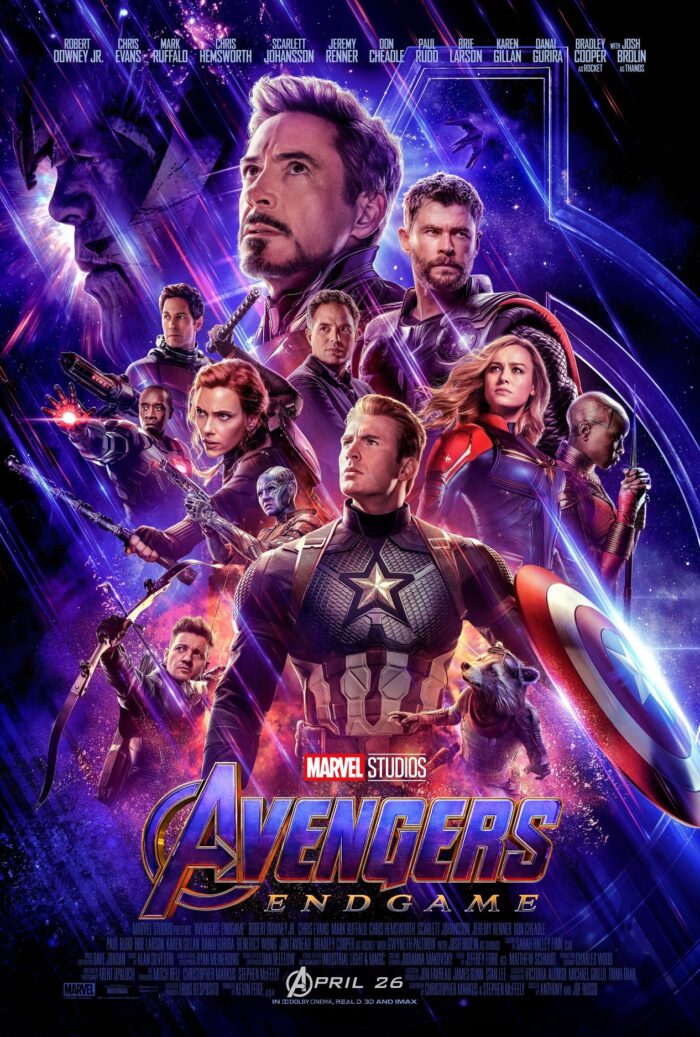
Avengers: Endgame opens in theaters worldwide on April 26.
Reviews and commentary about current and classic cinema. Curated by Stanford Clark.
Holy smokes, check out the cool new poster and trailer for Marvel Studios’ upcoming super hero extravaganza Avengers: Endgame.

Avengers: Endgame opens in theaters worldwide on April 26.
Welcome to this week’s podcast!
Thanks for tuning in! Listen to the podcast below or subscribe to the podcast on Apple iTunes. Have fun at the movies this week and we’ll see you next time.
Who is Captain Marvel? That is the main question at the core of Marvel Studios’ marvelously entertaining new film.
This part mystery/part action film takes us through the journey of Carol Danvers (aka “Vers” and aka “Captain Marvel,” wonderfully played by Brie Larson) as she struggles to figure out where she comes from and who she really is.
When we first meet Captain Marvel, she is “Vers,” a powerful warrior in training and part of the Kree alien race. She is being trained by her Kree mentor and commander Yon-Rogg (played by Jude Law). The Kree are at war with another alien race called the Skrulls. The Skrulls are shape-shifters and can take the appearance of any other being that they see, making them all the more formidable. In the Marvel Comics, “the Kree and the Skrulls have been at each others’ throats for thousands upon thousands of years” (see io9.com).
A battle mishap causes Vers to crash land on the planet Earth circa 1995 along with some of the shape-shifting Skrulls. On Earth, Vers encounters S.H.I.E.L.D. (Strategic Homeland Intervention Enforcement and Logistics Division) agents Nick Fury (played by Samuel L. Jackson in a pre-eye patch version of this well-known character) and Coulson (played again by Clark Gregg), who are amazed by her powers and want to learn more. And Vers wants to learn more as well, since somewhere in the back of her mind, things on Earth look rather familiar to her.
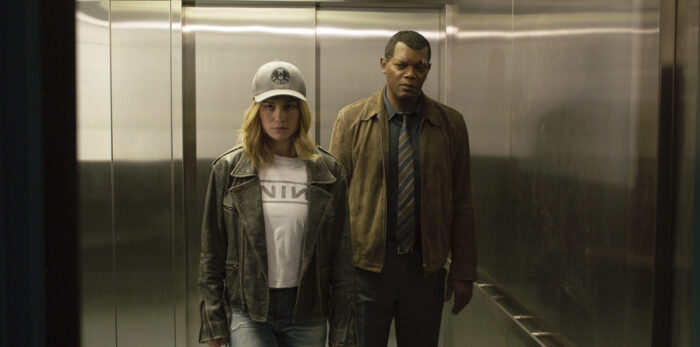
Along the way in their earthly adventures, Vers and Fury meet up with U.S. Air Force pilot Maria Rambeau (played by Lashana Lynch), who might have some information that will help them out. They also have to deal with Nick Fury’s S.H.I.E.L.D. boss Agent Keller (played by Ben Mendelsohn), and the mysterious presence of a woman from Vers’ past (played by Annette Bening) who might just have the answers Vers is looking for.
This film has great action and great heart. Co-directors Anna Boden and Ryan Fleck create an excellent balance of mystery, exposition, and action (along with lots of entertaining 1990’s jokes, references, and music) as we learn who Captain Marvel really is and how she fits into the Marvel Cinematic Universe. And by the time Captain Marvel’s formidable powers reveal themselves, you hopefully will also have a big smile on your face as this film has all of the excitement and enjoyment that make these Marvel Studios’ movies so much fun.
(Plus, as I’m sure you’ve surmised, this film is a perfect setup for the upcoming action in Marvel Studios’ next superhero extravaganza Avengers: Endgame which opens on April 26. Make sure to stay through the end credits, as always.)
Captain Marvel is rated PG-13 by the Motion Picture Association of America for “sequences of sci-fi violence and action, and brief suggestive language.”
My score: 4 out of 5 stars
As an added bonus, here’s the IMAX poster for the film.
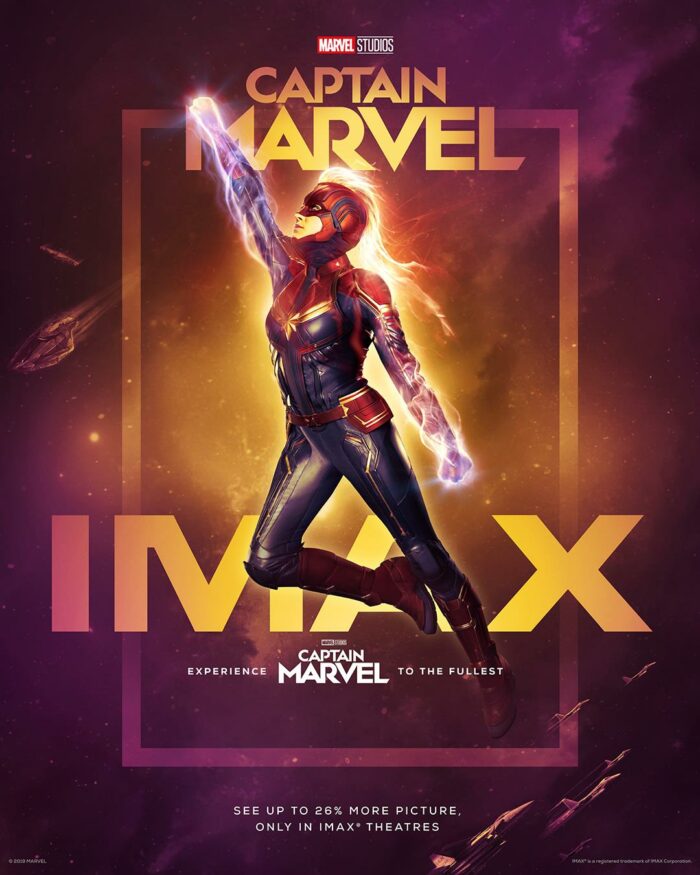
Also, check out the cool Captain Marvel poster series from Poster Posse on my blog here.
All images ©️ Marvel
More films were announced today for the 2019 Turner Classic Movies (TCM) Classic Film Festival coming April 11-14, 2019 to Hollywood, California.
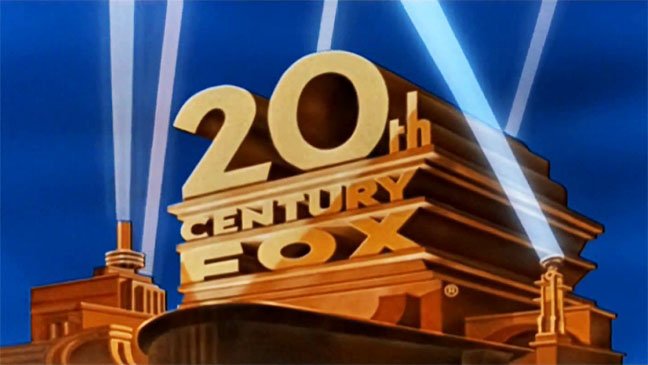
Of particular interest to me is the 20th Century Fox tribute now happening at the festival (most likely since 20th Century Fox’s sale to The Walt Disney Company will be finalized in the upcoming weeks). Check out this lineup of Fox films being shown at the festival:
Along with these previously announced Fox titles:
And here’s a graphic with some additional films announced today, including more screenings in 35mm nitrate.
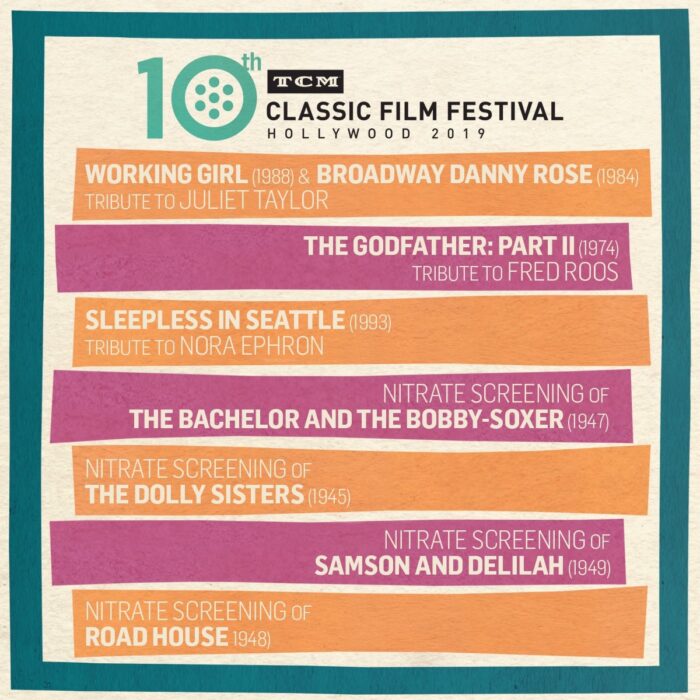
Of course, we can’t wait!
With the theme of “Follow Your Heart: Love at the Movies,” the lineup for the 10th annual TCM Classic Film Festival keeps getting better and better. For the latest information and updates, visit tcm.com/festival. We hope to see you in Hollywood in a few weeks!
Images ©️ TCM
Welcome to this week’s podcast!
Since I didn’t record a podcast last week, here are the main releases for the last couple of weeks.
I’m combining these two segments this week.
Gone with the Wind 80th Anniversary. More details at FathomEvents.com.
Thanks for tuning in! Listen below or subscribe to the podcast on Apple iTunes. Have fun at the movies this week and we’ll see you next time.
The cool folks at Poster Posse are releasing new posters for Marvel Studios’ upcoming feature Captain Marvel. I’ll keep updating this post with the new posters as they are released over the next few days
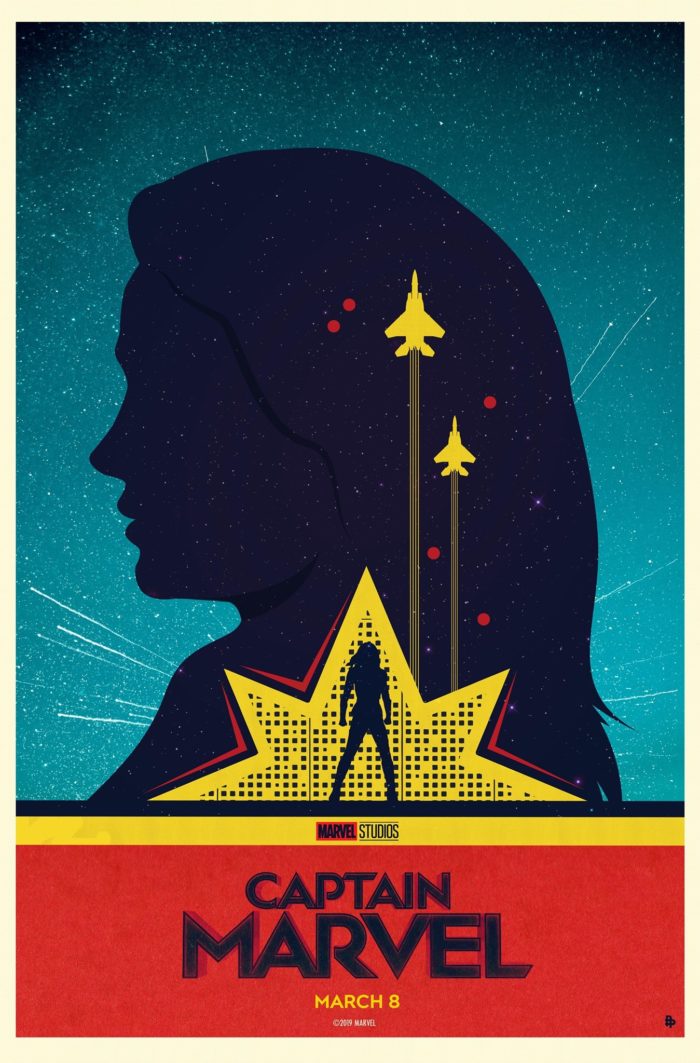
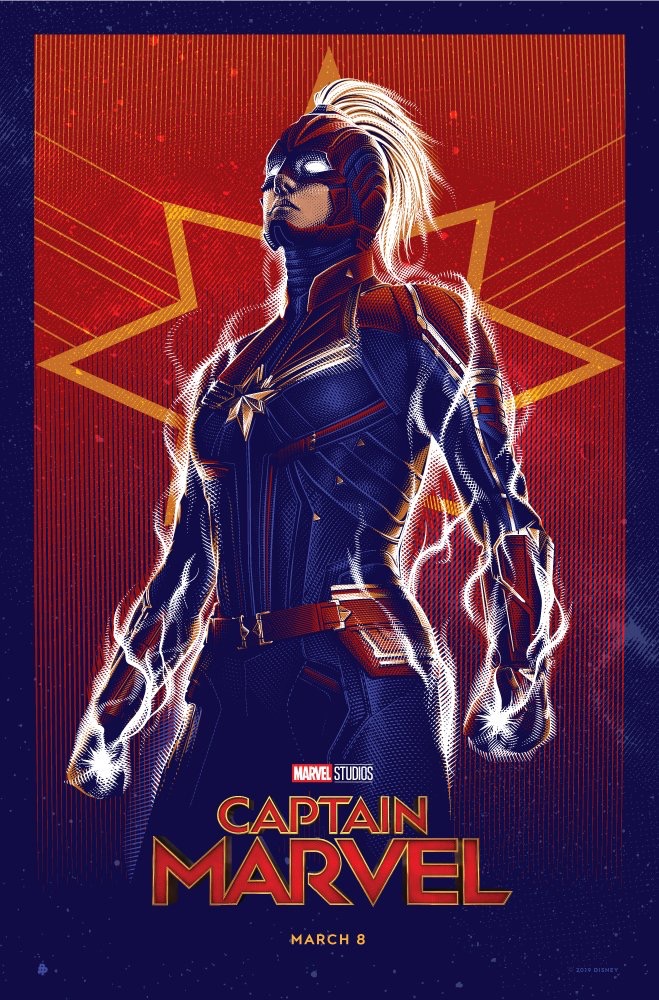
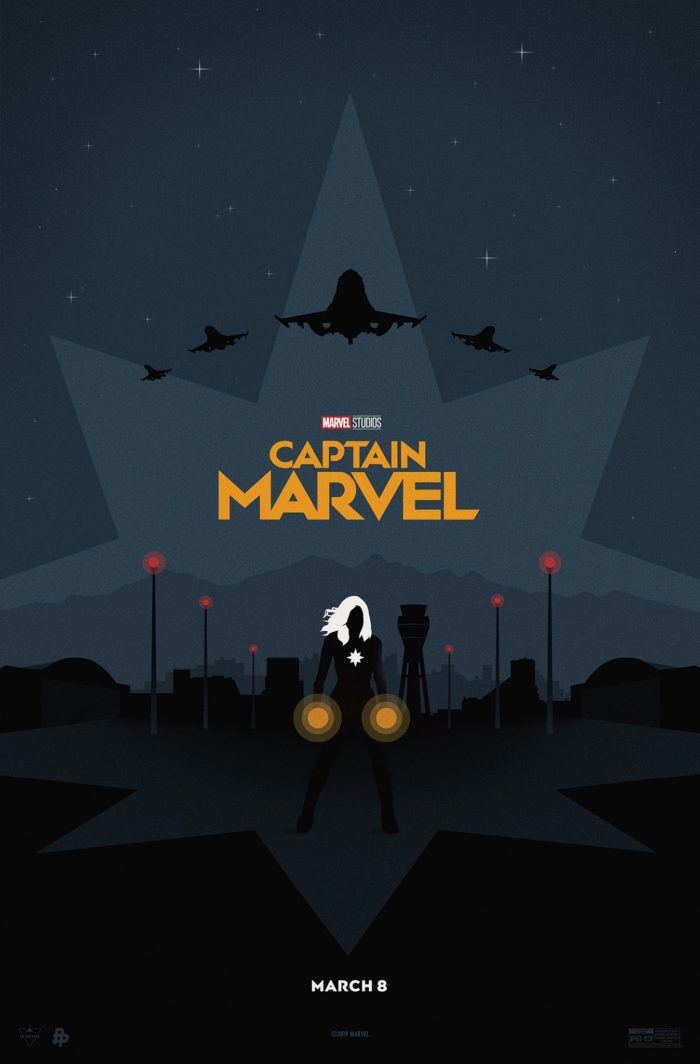
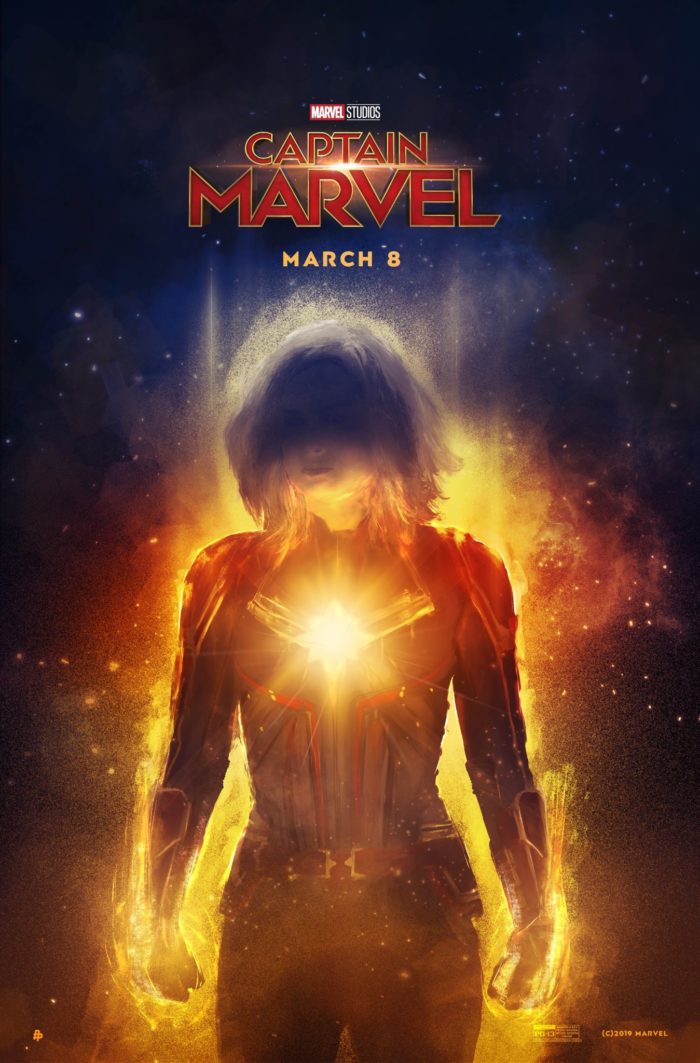
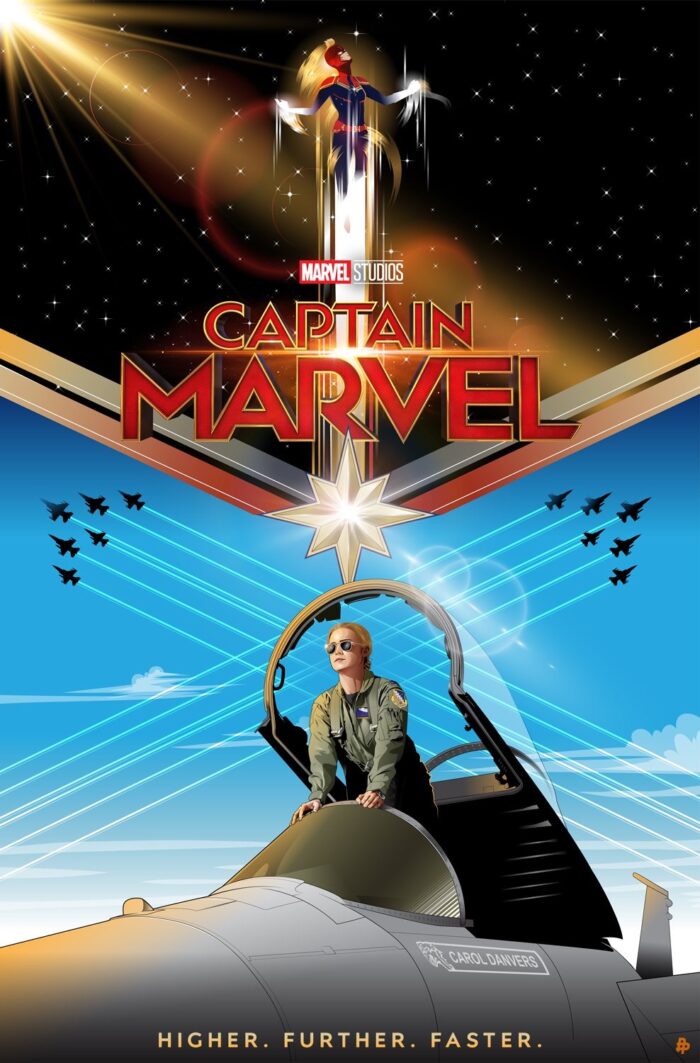
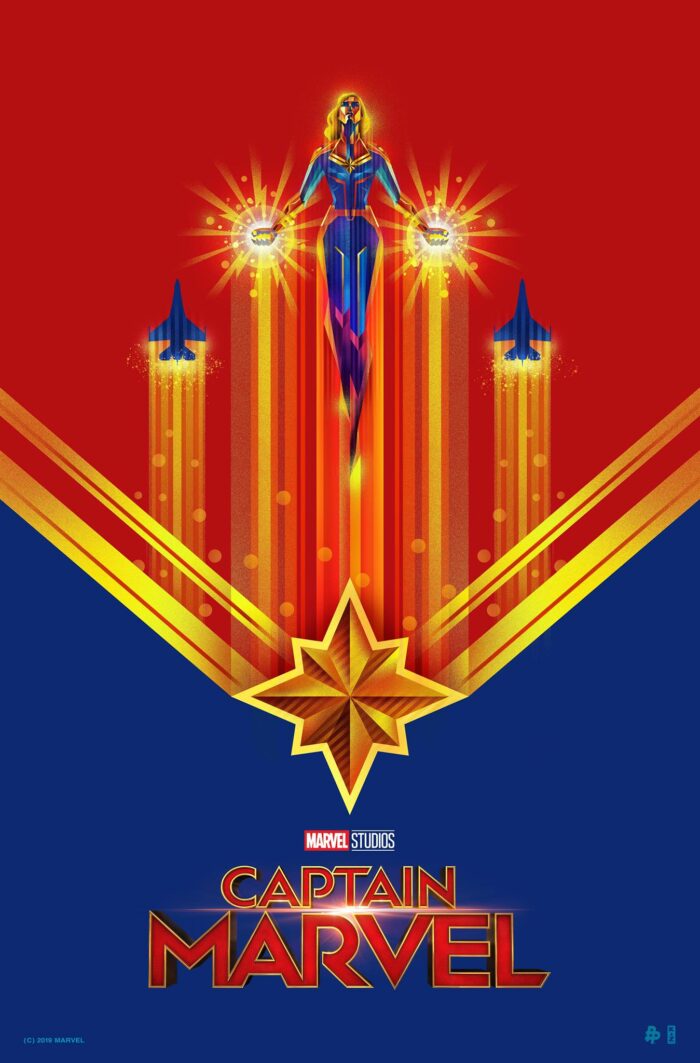


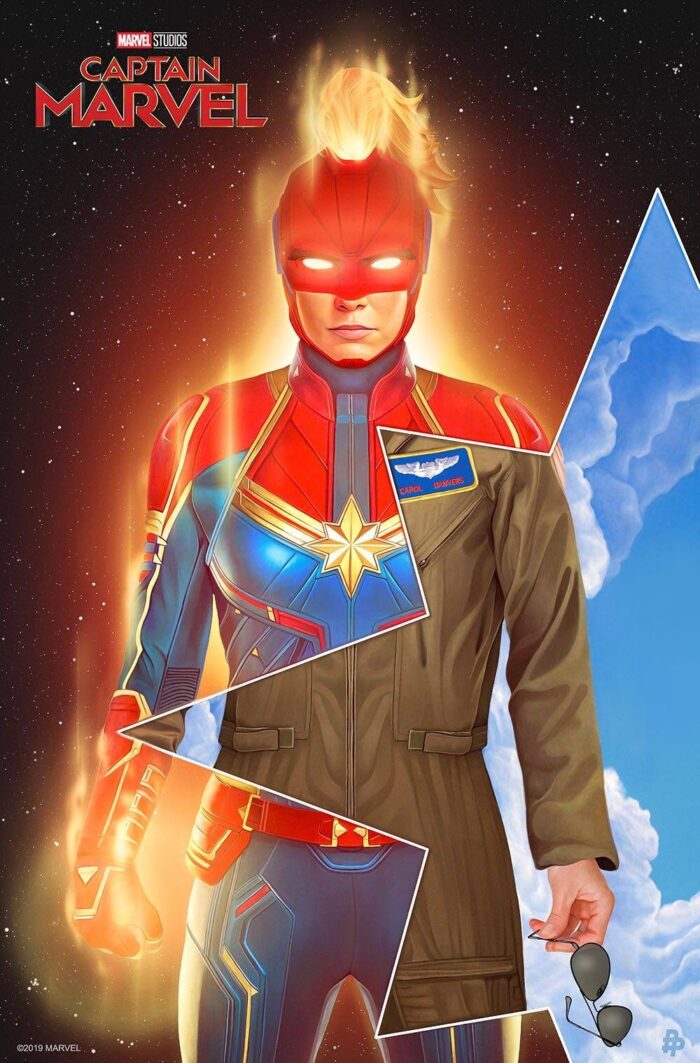
Captain Marvel opens in theaters on March 8.
All images ©️ Marvel
Happy Valentine’s Day and welcome to this week’s podcast!
The Lego Movie 2: The Second Part (Warner Bros./Warner Animation Group)
Thanks for tuning in! Listen below or subscribe to the podcast on Apple iTunes. Have fun at the movies this week and we’ll see you next time.
Today, Walt Disney Animation Studios debuted new artwork, a teaser poster, and a teaser trailer for their upcoming animated sequel Frozen 2. (Or is it Frozen II? The trailer and poster use the Roman numeral while the social media hashtag is #Frozen2.) Regardless, the trailer is impressive and the art looks beautiful (and have I mentioned lately how much I love the work of the talented folks at Walt Disney Animation Studios?).
Here’s the teaser trailer (see if you can spot the two new mystery characters).
Here’s the brand new teaser poster (with more of those fancy floating diamonds from the trailer).
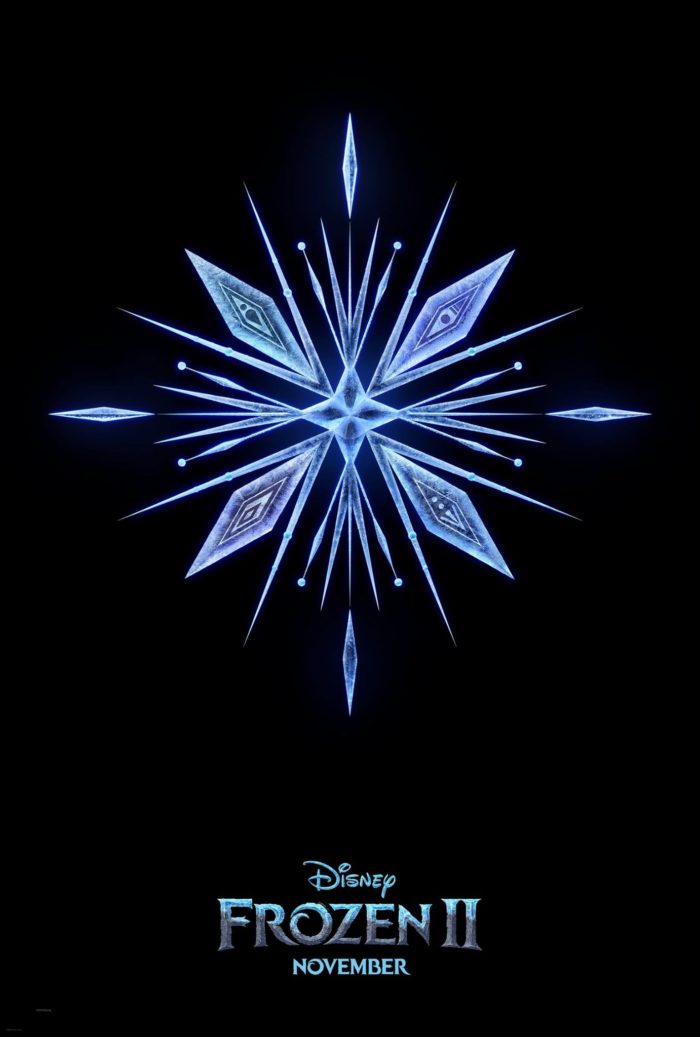
And check out this beautiful art.

Walt Disney Animation Studios’ Frozen 2 opens in theaters on November 22.
All images ©️ Disney
We love The Criterion Collection here at Movies Past and Present. We’re a charter subscriber to their upcoming Criterion Channel, which allows us access to the “Movie of the Week” films they are providing early subscribers before their streaming service officially launches on April 8.
This week’s movie of the week is Chungking Express (1994) and I haven’t been able to stop thinking about it. Made in Hong Kong and written and directed by Hong Kong-based director Wong Kar-wai, the film is a unique combination of police drama, film noir, and romantic comedy.
As stated on the film’s page on the Criterion website: “The whiplash, double-pronged Chungking Express is one of the defining works of nineties cinema and the film that made Hong Kong filmmaker Wong Kar-wai an instant icon. Two heartsick Hong Kong cops (Takeshi Kaneshiro and Tony Leung), both jilted by ex-lovers, cross paths at the Midnight Express take-out restaurant stand, where the ethereal pixie waitress Faye (Faye Wong) works. Anything goes in Wong’s gloriously shot and utterly unexpected charmer, which cemented the sex appeal of its gorgeous stars and forever turned canned pineapple and the Mamas and the Papas’ ‘California Dreamin’’ into tokens of romantic longing.”
Here’s a trailer for the U.S. release of the film.
As mentioned, it’s two stories in one, with each story about a broken-hearted policeman. Story one focuses on Cop 233 (played by Takeshi Kaneshiro) who deals with his girlfriend leaving him by finding and buying a can of pineapple each day with the expiration date of May 1, the one-month anniversary of their breakup (and with the promise that he’s going to eat all 30 cans on May 1). Stating that everything has an expiration date, Cop 223’s sadness lingers on, even in the throws of a big case he is working on with a mysterious woman wearing sunglasses who is involved in a dangerous drug ring.
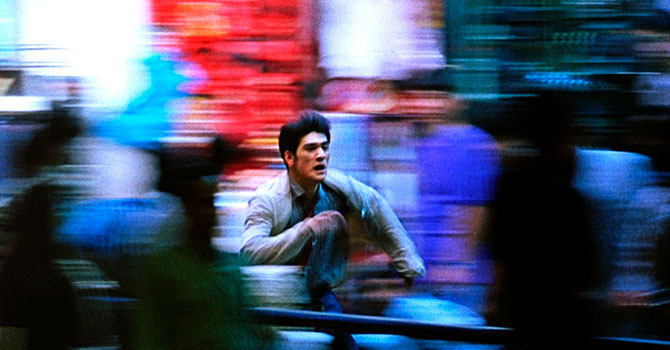
Story two is overall a bit lighter in tone with heartbroken Cop 663 (played by Tony Leung) that has just been dumped by his flight attendant girlfriend. He starts to rebound by falling for a waitress named Faye (played by Faye Wong), who’s got some commitment problems of her own. Still, she is interested enough in Cop 663 to start intervening in his life in a rather unusual way.

Chungking Express is challenging, strange, and beautiful—really a unique piece of cinematic art. Many thanks to the Criterion Channel for continually expanding my cinematic horizons.
While the Blu-ray and DVDs of The Criterion Collection’s edition of Chunking Express are presently out of print, let’s hope that the film makes it to the upcoming Criterion Channel streaming service.
All images ©️ The Criterion Collection
Welcome to this week’s podcast!
Destroyer (Annapurna Pictures, 2018)
Subscribe to the Criterion Channel streaming service! More details at criterionchannel.com.
Last week’s “Movie of the Week” bonus feature that you get when you are a charter subscriber to the Criterion Channel was Elaine May’s crime drama Mikey and Nicky (1976).
They Shall Not Grow Old (Warner Bros. Pictures, 2018)
Thanks for tuning in! Listen below or subscribe to the podcast on Apple iTunes. See you at the movies!